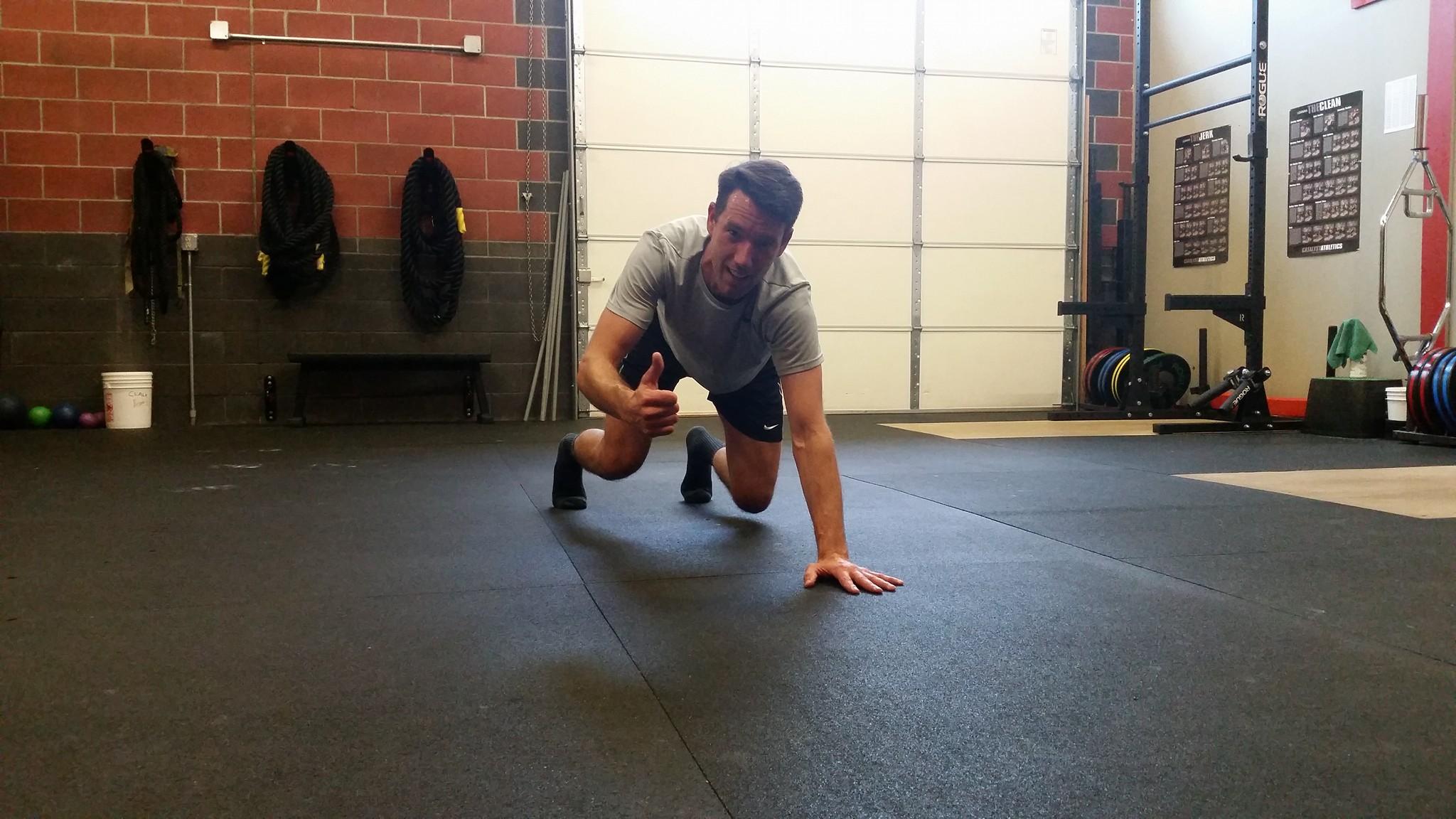Training for Life
Level 6 Valued Member
Hi,
Might not be the right forum for this, but kettlebells are included, so...
This is especially for the crew who have read ”Becoming Bulletproof”, which is a book in the Original Strength-series, but even if you have not please give your thoughts.
For most of this year I have been training S&S combined with working on fixing mobility and activation issues, and have gotten to the point where I can do 2H Swings and some Get-ups & 1H Swings with a 28kg bell. Recently I (re-)read ETK and the aforementioned Becoming Bulletproof-book, which incorporates building strength and work capacity by mostly doing things for a duration of time. The same type of idea as with Program Minimum. This got me thinking about a program around this idea for the summer, mainly because of the variety it brings:
D1. A
D2. B
D3. C
D4. A
D5. B
D6. C
D7. -
A
- 10min OS Resets
- 10min Swings
- 10min Carry
B
- 10min OS Resets
- 10min Get-ups
- 10min Carry
C
- 10min OS Resets
- 10min Crawling
- 10min Carry
For the Swings and Get-ups, you do as many heavy sets as possible in the time period with proper rest periods. Some days you go heavier, some days you go more sets.
Crawling is done 10 sustained minutes, meaning when you need to rest, you stop the clock until you can go again. When you can do 10 minutes of Leopard Crawl non-stop, then change to a harder variation or add load (drag something attached to you, do not use a weighted backpack as that leads to back problems as stated by Tim Anderson and Geoff Neupert). If this takes more than 20min to complete, then skip carries for the day.
Some days carries are done 10 minutes non-stop, where you pick up the bell, walk for 10 meters, put the bell down, turn around and repeat. Other days you do heavier carries and take rest breaks. Go by feel. Cycling of different carries is done from session to session (suitcase, farmers, chest carry, overhead, rack).
What do you think of a program like this? Would one get stronger and move to heavier bells over time? Would there be enough work? Or too much?
Edit 19th of June: Modified to match some excellent advice received from this thread.
Might not be the right forum for this, but kettlebells are included, so...
This is especially for the crew who have read ”Becoming Bulletproof”, which is a book in the Original Strength-series, but even if you have not please give your thoughts.
For most of this year I have been training S&S combined with working on fixing mobility and activation issues, and have gotten to the point where I can do 2H Swings and some Get-ups & 1H Swings with a 28kg bell. Recently I (re-)read ETK and the aforementioned Becoming Bulletproof-book, which incorporates building strength and work capacity by mostly doing things for a duration of time. The same type of idea as with Program Minimum. This got me thinking about a program around this idea for the summer, mainly because of the variety it brings:
D1. A
D2. B
D3. C
D4. A
D5. B
D6. C
D7. -
A
- 10min OS Resets
- 10min Swings
- 10min Carry
B
- 10min OS Resets
- 10min Get-ups
- 10min Carry
C
- 10min OS Resets
- 10min Crawling
- 10min Carry
For the Swings and Get-ups, you do as many heavy sets as possible in the time period with proper rest periods. Some days you go heavier, some days you go more sets.
Crawling is done 10 sustained minutes, meaning when you need to rest, you stop the clock until you can go again. When you can do 10 minutes of Leopard Crawl non-stop, then change to a harder variation or add load (drag something attached to you, do not use a weighted backpack as that leads to back problems as stated by Tim Anderson and Geoff Neupert). If this takes more than 20min to complete, then skip carries for the day.
Some days carries are done 10 minutes non-stop, where you pick up the bell, walk for 10 meters, put the bell down, turn around and repeat. Other days you do heavier carries and take rest breaks. Go by feel. Cycling of different carries is done from session to session (suitcase, farmers, chest carry, overhead, rack).
What do you think of a program like this? Would one get stronger and move to heavier bells over time? Would there be enough work? Or too much?
Edit 19th of June: Modified to match some excellent advice received from this thread.
Last edited:


